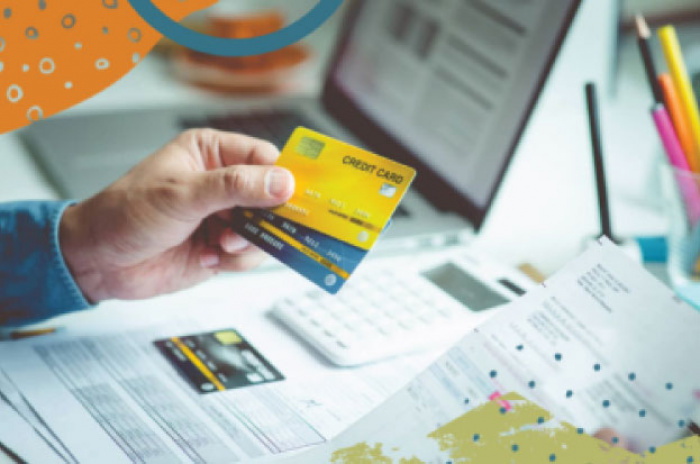They say knowledge is power, and that is certainly the case when it comes to credit cards. The more you know your card, the more likely you are to pay on time and thus avoid being crushed with debt. You’ll also be more likely to catch fraudulent activity if it should ever happen. How can you get to know your card? By knowing the statement, inside and out. Here’s a breakdown of the more important sections.
Credit Card Statement Basics
Your credit card comes with a host of information, and if you are viewing it online, most of the basic items — usually titled Account Information — are already listed. Under Account Information includes things like your name, address, billing cycle dates, and account number.
- Payments. Under “Payment or Account Balance,” you’ll find the following:
- Payment Due Date
- Minimum Amount Due
- New Balance
- Current Balance (This refers to charges made during the current billing cycle and anything carried over from your previous cycle.)
- Interest. The interest section will list your card’s APR and any interest added to purchases made during the current billing cycle. If you transferred a balance or used cash advances, you’ll also find those here.
- Transactions. Another important section is the Transactions listing. Here’s where you can find all of the posted transactions, including the amount charged and a listing of the merchant. As you can see, this is the section you’ll want to monitor for fraudulent charges.
- Balance. For a bird’s eye view of your card, check the Account Summary section. Here you’ll find the previous balance, payments about to be processed, and any new charges made during the current billing cycle.
This blog is available for Granite State Credit Union members through CreditSavvy, in partnership with, and powered, by SavvyMoney. Learn more about CreditSavvy.







Comments